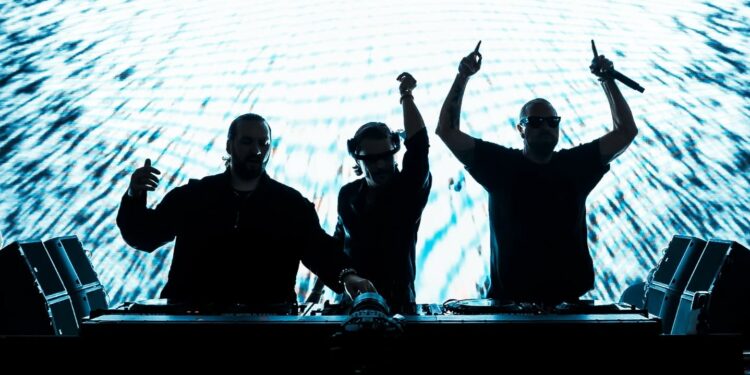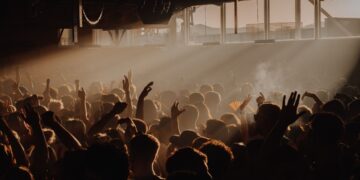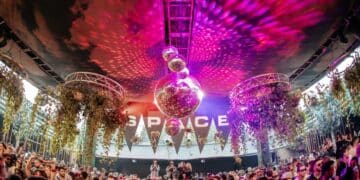Trust us, this simple tip will help you get so much more out of music festivals.
What leads the average music fan to pick one festival over another? Nine times out of ten, it’s the lineup. Music festivals employ seasoned talent buyers whose sole job is to ensure that when the lineup drops, the names crowding that graphic convince thousands of festivalgoers to happily purchase tickets.
If this isn’t doesn’t apply to you, congratulations! You’re the rare exception to the rule. We know so because organizers are willing to shell out tens, even hundreds of thousands of dollars for the draw promised by major names. If you don’t think lineups are a big deal to most people, consider the social media debates that erupt around them. The numbers don’t lie. They’re a significant motivator.
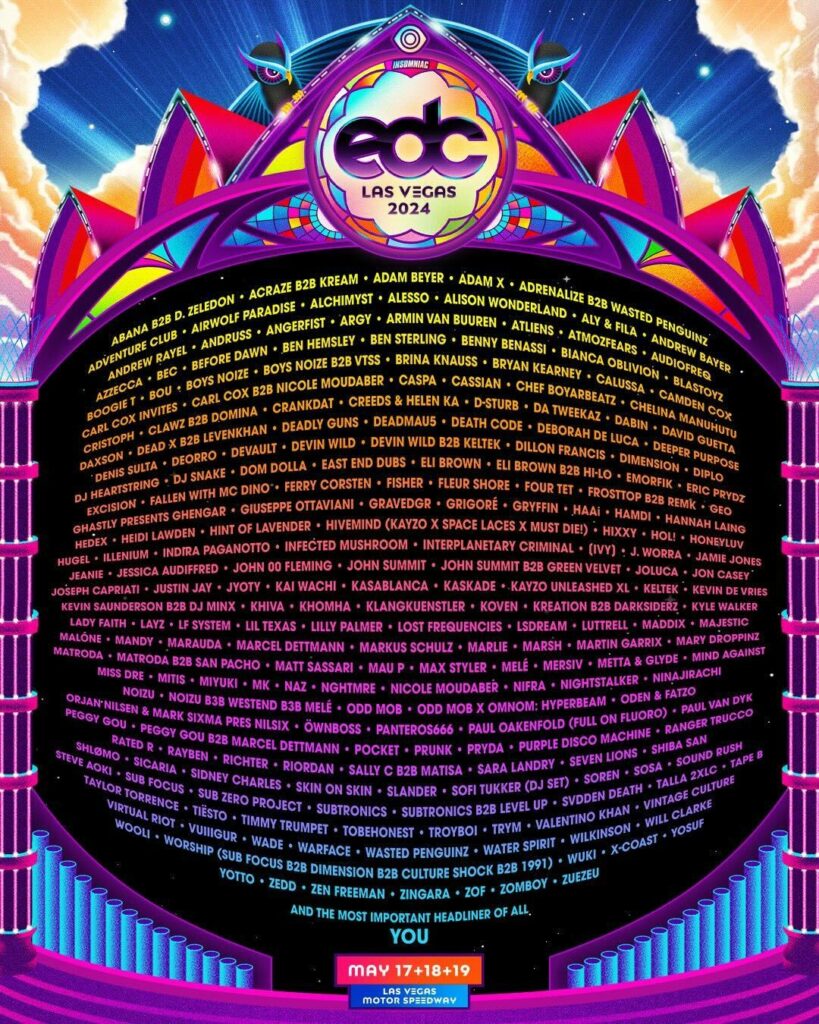
That’s why most people who read this will undoubtedly build their festival season itinerary around lineups. You’ll walk through the gates of an event having thoroughly studied the bill, with a predetermined plan for which artists you’ll go see.
Bear with us and consider for a moment that you might sacrifice a great deal of your own music enjoyment by doing so. Trust us and give this process the old Uno reverse. We guarantee that amazing discoveries lie in store for you if you do.
How it Used to Be
In the early days of rave, this was practically the only way to discover artists. When the acid house explosion swept through the UK in the late ‘80s and early ‘90s, party-goers seldom knew who was playing. And why would they? Nobody was even sure that you could make a career as a DJ, and they were typically relegated to dark corners of clubs and free parties while people danced and enjoyed one another.

Things started to change when big businesses figured out that there was money to be made in dance music. Chic photos of DJs began to grace the covers of Global Underground album covers, and a culture of hero worship started to condense around artists to justify higher ticket prices. It worked, and in time, party people started to face the DJ instead of each other.
By the turn of millennium, when trance was the genre du jour for a budding generation of ravers, magazine covers dared to ask if artists like Sasha could be the “son of god” and artists had taken to Jesus posing onstage. For better or worse, the depersonalized collectivism that made dance culture unique had started to fade and become a thing of the past.
The advent of social media has further inflamed the cult of personality assigned to electronic musicians. Once upon a time, the rave scene was about music first and foremost. Artists nowadays must practically have a full-time job creating other kinds of content to build their presence on platforms like TikTok, Instagram, and YouTube.
Believe it or not, this also colors fans’ perception of the music itself. You may not be conscious of it, but some aspect of an artist’s brand — such as their social media persona or compelling marketing campaign — has likely swayed you to think favorably about their music before you’ve even heard it.
This might sound innocent enough, but consider what it means for the artists. Few can afford marketers or publicists, and the best musicians pour too much blood, sweat and tears into their craft to spend all their time on social media. If you’re a monster and don’t care about the artists — well, do better, first of all — but also, think about what this means for you! Do you enjoy the thought of being brainwashed by marketers?
Like it or not, the game has changed. Gone are the golden years of rave when the sound ruled above all else. Nowadays, it all boils down to the numbers we as fans unwittingly assign to names.
Follow the Sound at Music Festivals Instead
Does this mean that there’s no more exciting dance music? No, not even close. It simply means that you must dig deeper to find the most compelling and adventurous cuts brimming below the surface — and guess what, there’s even a handy shortcut!
Next time you go to a festival, avoid looking too closely at the schedule beforehand. Stroll onto the grounds with a mind uncluttered by expectations, and wander until you hear something that captures your attention.
Stay there several minutes, long enough to hear a transition or two, until you know beyond a shadow of a doubt whether that first impression was a fluke. If the artist continues to impress you, now it’s time to look up their name. Do this every time, and voila! You’ve begun to embark on a road less traveled by present-day ravers, a true path of musical discovery.
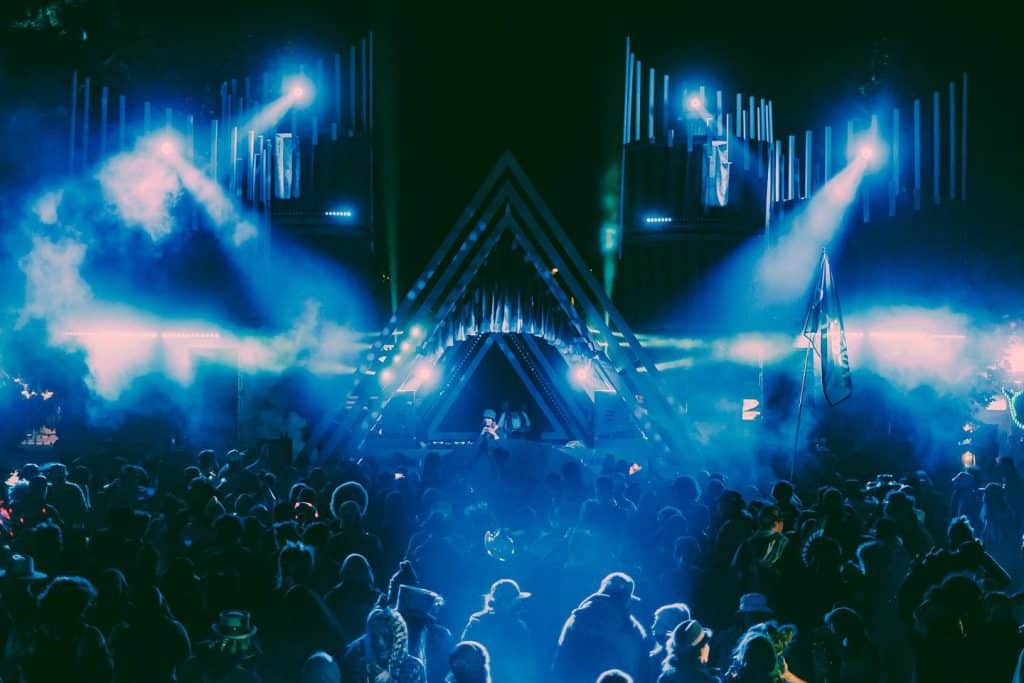
This isn’t to suggest that all famous artists are unworthy of an audience. Plenty have worked hard to be where they are, and chances are they’ll put on a great show. Nor do you need to be so puritanical that you refuse to look up lineups at all. There’s nothing wrong with planning in advance to catch an old favorite, or to hear for yourself if one you have yet to experience is worth the hype.
Following the sound at a music festival is a simple change in perspective more than anything. It’s a decision you can make anytime, and one that tends to lead to life-changing dancefloor epiphanies. From time to time, you might just feel an echo of that early rave spontaneity resonate through your body.



